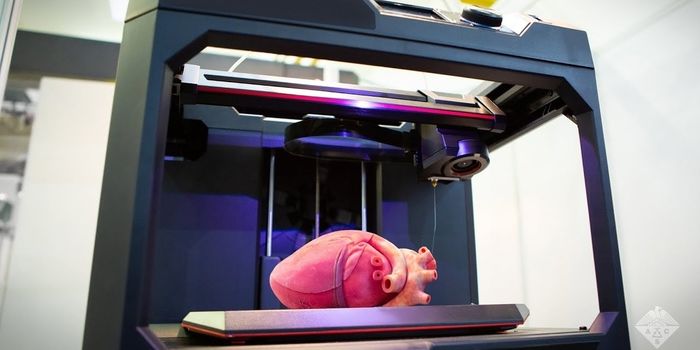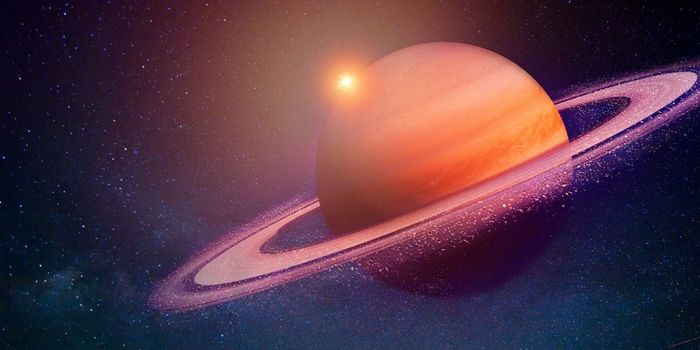Pasta is a staple in the American diet and while some health experts advice cutting down on carbs, the truth is, people love pasta. It's a delightfully simple food, made with just eggs, water and flour, but there's still some chemistry behind getting it just right. The flour matters. Most pasta is made with durham wheat, and when that is ground it results in semolina flour that has larger particles, so there's not as much protein released. But there is protein in it, from the egg and within the semolina, tiny molecules of which are held together by the starch particles. It's the proteins that keep the starch from going all gummy.
There's some debate about whether the starch of the pasta needs a soluble fat added to keep the clumps away. Adding oil to the boiling water is what some chefs do, but in reality since the oil is heavier than water and denser, it doesn't make much of a difference. Salt is good to add since it give a bit of flavor, semolina being one of the more bland forms of wheat. Finally, save a bit of the starchy water to add as an emulsifier and to balance out the acid in any tomato sauce. Mangia!








